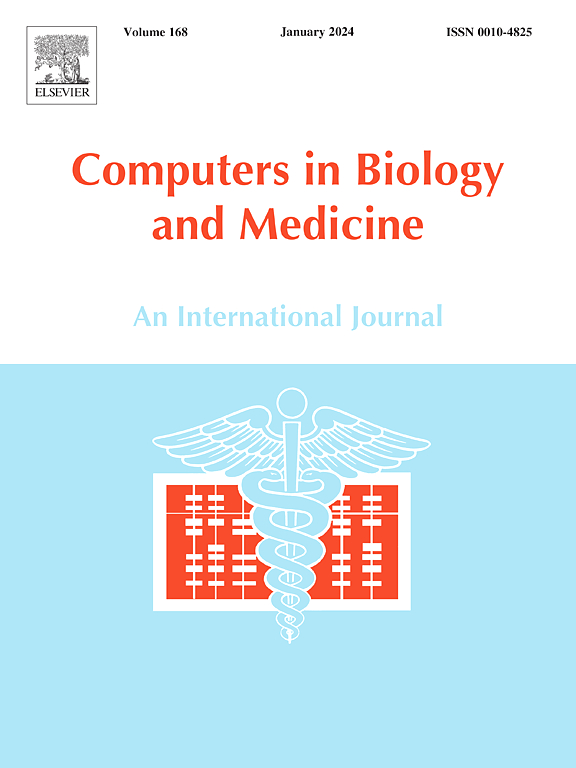Speech signals-based Parkinson’s disease diagnosis using hybrid autoencoder-LSTM models
IF 7
2区 医学
Q1 BIOLOGY
引用次数: 0
Abstract
Parkinson’s disease (PD) is a neurodegenerative disorder that occurs as a result of a decrease in the chemical called dopamine in the brain. There is no definitive treatment for PD, but some medications used to control symptoms in the early stages have a critical effect on the progression of the disease. Approximately 90% of patients with PD have vocal problems, and although voice disorders seen in the early stages are not apparent in the patient’s speech, they can be detected by acoustic analysis. In this study, a decision support system was proposed for the diagnosis of PD utilizing the feature extraction power of autoencoder (AE) & long short-term memory (LSTM) models by using speech signals as input data. Firstly, simple (SAE), convolutional (CAE), and recurrent (RAE) AE models were created for the ablation analysis. Then, the effect of hybridization and deepening of these models with LSTM layers on the classification performance was observed. Within the scope of the study, RAE achieved the highest accuracy among the base models while CAE & LSTM hybrid model provided the highest performance among all models with 95.79% accuracy for PD diagnosis based on audio signals. It was concluded that hybridization of the AE and LSTM models significantly improved the performance of simple and convolutional AE, and deepening the network to a certain extent improves the classification performance according to the type of AE.
基于语音信号的自编码器- lstm混合模型帕金森病诊断
帕金森氏症(PD)是一种神经退行性疾病,是由于大脑中一种叫做多巴胺的化学物质减少而引起的。PD没有明确的治疗方法,但一些用于控制早期症状的药物对疾病的进展有关键作用。大约90%的PD患者有声音问题,尽管早期阶段的声音障碍在患者的言语中并不明显,但可以通过声学分析来检测。本研究利用自编码器(AE)的特征提取能力,提出一种PD诊断决策支持系统。利用语音信号作为输入数据建立长短期记忆(LSTM)模型。首先,建立了简单(SAE)、卷积(CAE)和循环(RAE)声发射模型用于消融分析。然后,观察这些模型与LSTM层杂交和加深对分类性能的影响。在研究范围内,RAE在基础模型中获得了最高的精度,而CAE &;LSTM混合模型在基于音频信号的PD诊断中准确率最高,达到95.79%。综上所述,AE和LSTM模型的杂交显著提高了简单AE和卷积AE的分类性能,并且根据AE的类型对网络进行一定程度的深化,提高了分类性能。
本文章由计算机程序翻译,如有差异,请以英文原文为准。
求助全文
约1分钟内获得全文
求助全文
来源期刊

Computers in biology and medicine
工程技术-工程:生物医学
CiteScore
11.70
自引率
10.40%
发文量
1086
审稿时长
74 days
期刊介绍:
Computers in Biology and Medicine is an international forum for sharing groundbreaking advancements in the use of computers in bioscience and medicine. This journal serves as a medium for communicating essential research, instruction, ideas, and information regarding the rapidly evolving field of computer applications in these domains. By encouraging the exchange of knowledge, we aim to facilitate progress and innovation in the utilization of computers in biology and medicine.
 求助内容:
求助内容: 应助结果提醒方式:
应助结果提醒方式:


